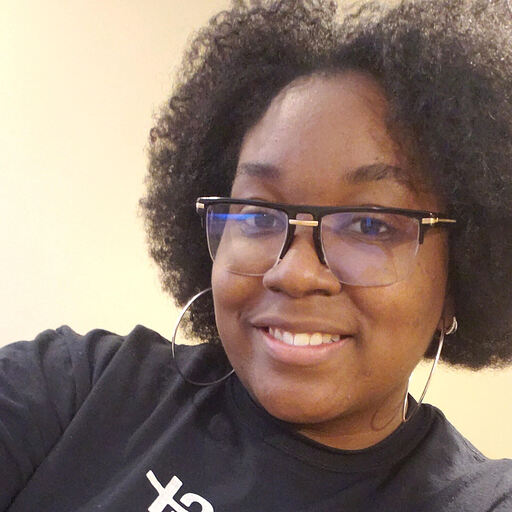
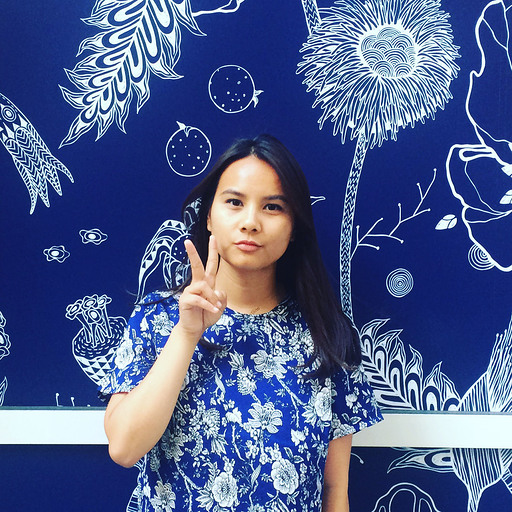
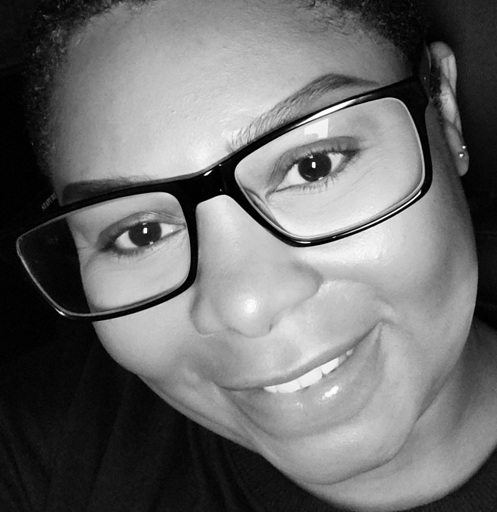
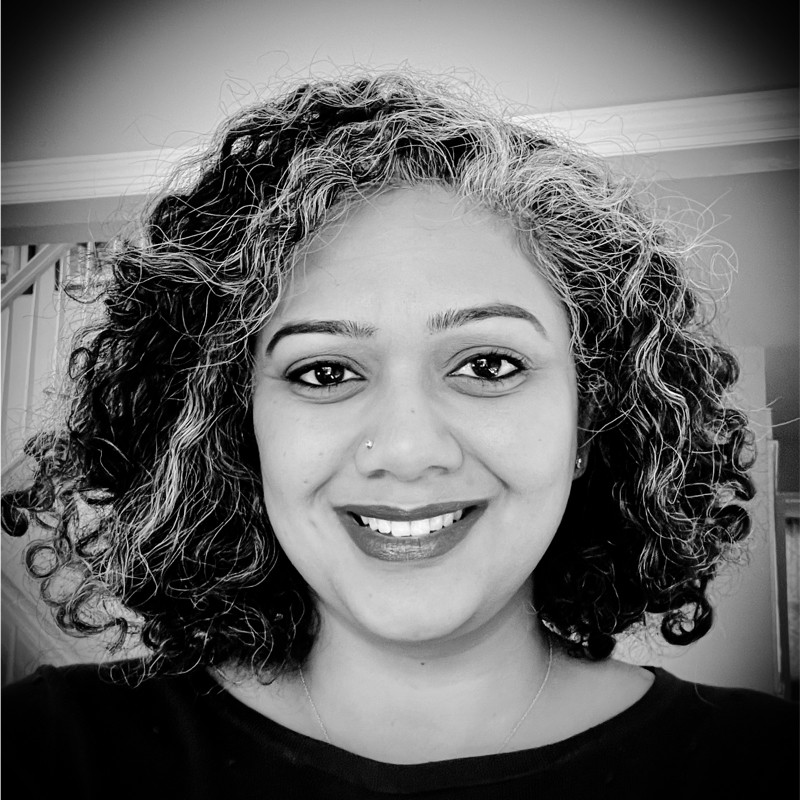
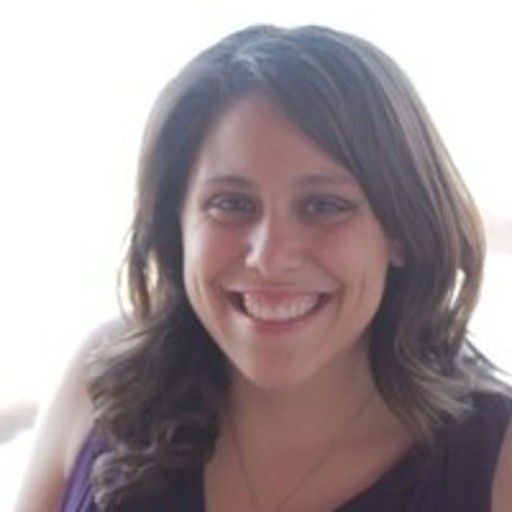
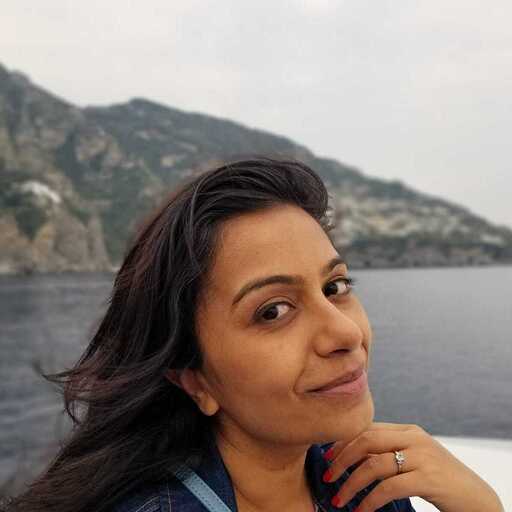
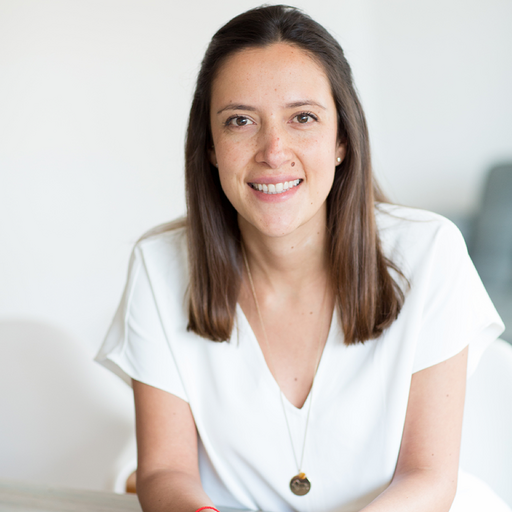
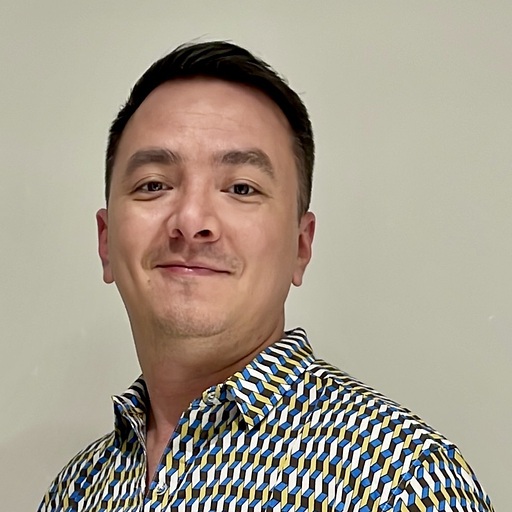

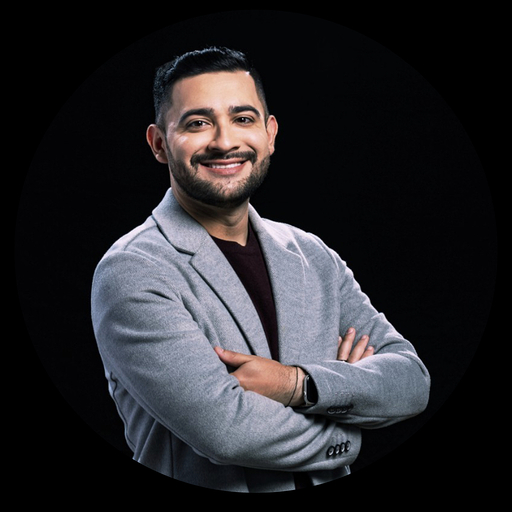
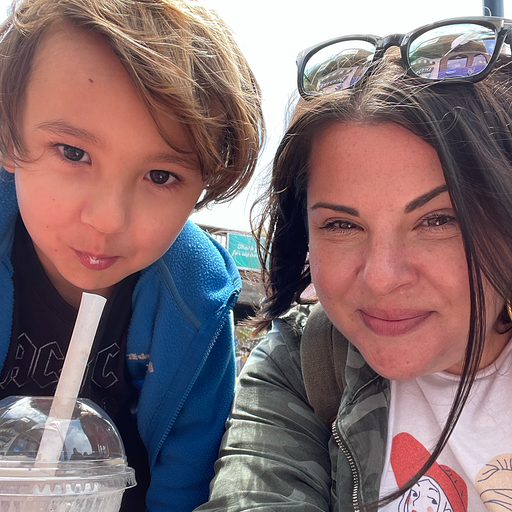
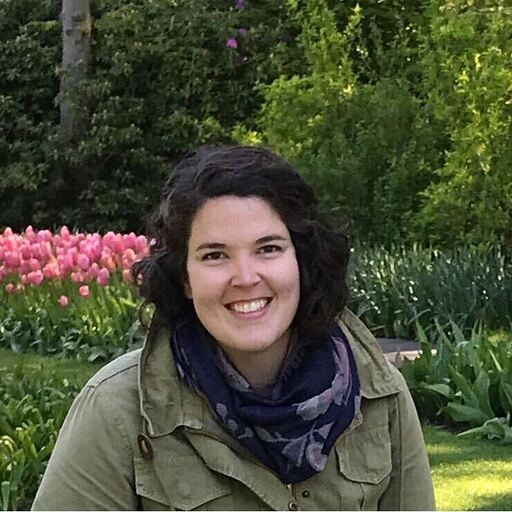
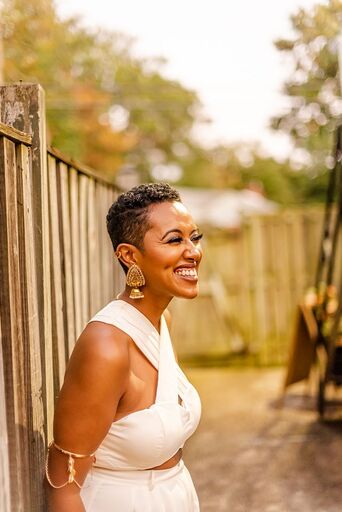
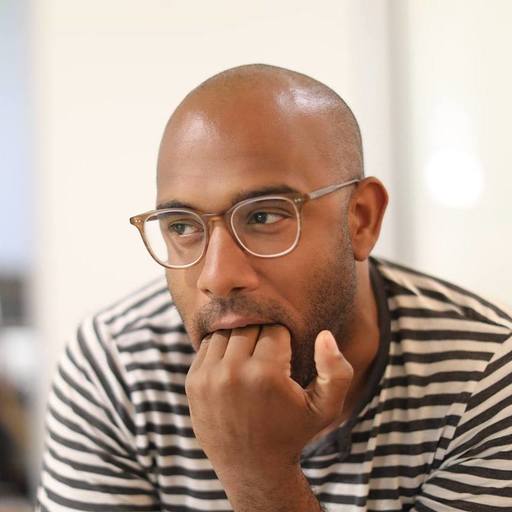
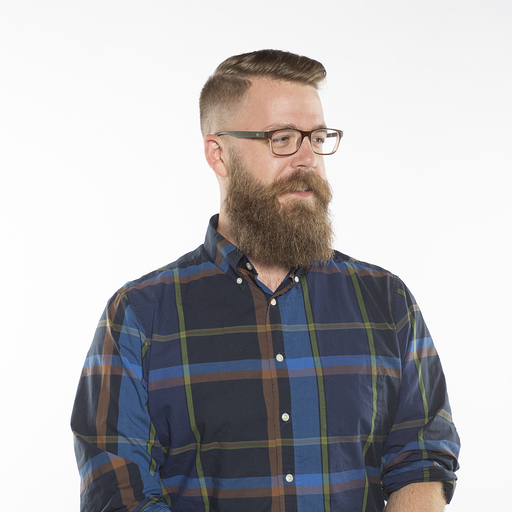
Whenever I go on vacation I generally have one major goal: to consume as much of the culture, history, and vibe of the place that I’m visiting as I humanly can. What this tends to turn into is a lot of museum visits, random conversations with people, and my personal favorite: hours/miles of aimless wandering. I move through a strange land, journal in hand, usually alone, and open to whatever life has for me. Usually this leads to as much awkwardness as adventure and I really wouldn’t have it any other way. My recent trip to Germany was no different…and yet, as with all things if you do them correctly, very different.
Sidenote: Germany wasn’t next on my vacation list. Or fifth. Or twentieth. Greece and Iceland, China and South Africa, they were to be my next educational conquests. But life happens. “Life” in this case being a super-close friend staying in Berlin for work for six months along with a friend from Stuttgart, Germany who I hadn’t seen in over five years. Both of whom showed me and amazing time (including but not limited to late night drunk bike rides and a cartoonishly ridiculous conversation with a pair of visiting Glasgow gays). Still, while I don’t believe everything happens for a reason (to believe something like that negates the joys of free will), I truly do believe my Berlin experience was meant to be…
Cultural differences.
I was sitting in the lower floor of a community center in Stuttgart, chilling with my friend and his band before their set. When discussing music and America the subjects combined and someone said, “Sometimes I wish Germans were as emotional as Americans.” Now, this was referring to the excitement and celebration around music. The American way of “letting loose and woo-ing and shouting at a concert or rave.” It was an interesting thought and one that had, even in my four days in the country, become clear to me.
There’s a stereotype about German people being serious, regimented, punctuality-obsessed, but that didn’t feel right. And, of course, that’s a stereotype based on seeing them through an American lens. In actuality, it’s a refreshing thing; a culture with a heavier reliance on thoughtfulness than feeling. In contrast our obsession with the way things feel as being just as or (or more) relevant than the facts of the way things are is as American as apple pie and revolution. One on side, it’s one of the most powerful driving forces behind the American Dream, the hope, faith, and passion that fuels our ingenuity, our insatiable drive for creativity and accomplishment. Another side is the idea that everyone’s feelings are valid (and they are, totally, from angle of an individual and their growth journey). But in a nation that values feelings over facts, false equivalencies are made (validity is given) to people whose ideas are factually wrong and our strength is eroded; we become more vulnerable to manipulation.
Perhaps one major contributor to the German way is that time in history that financial crisis, racism, and emotion lead to one of the darkest periods in modern history. There is a melancholy in the architecture of Berlin only heightened by the gray rainy skies. The wounds of the second World War appear healed in the minds of the young, but the scars still exist and always will and are in display so clearly on the surface that one can only imagine how deep it runs in the depths of the culture, the soul. Informative signs stand outside of monuments everywhere you go and after a while you become familiar with a particular sentence: “This [building/statue] was originally built in [XXXX] but was destroyed by Allied bombing and [rebuilt/restored] in [19XX].” Like I said, healing. Healing is a pillar of the culture and the education, sensibility, and willingness to compromise that comes with the process.
Don’t worry, I’ll get to the Holocaust soon enough, but let’s move to one of the most physical and well-known representations of the aftermath of WWII and the Cold War: the wall.
There is a park in Berlin where you can still walk the wall: some parts stripped to their foundation, others restored to their original form with guard towers intact, most long ruins covered in graffiti, a fascinating representation of history and rejection of history’s dark pull over present ambitions…history as a canvas upon which art and new expression can be formed.
The first step, of course, is admitting you have a problem…and I think that’s a logical step and a dominating strength of the country.
Walls.
If your knowledge of German history is as shoddy as mine was, after Hitler and friends were dismantled, Germany was split in two (actually four, but meh), East Germany and West Germany. The German Democratic Republic and the Federal Republic of Germany. Super-restricted, regimented, nationalist dictatorship and capitalist democracy. Naturally people would try to escape from East to West (to be with family or simply to escape the East). Ninety-eight people in Berlin died trying to make the journey over the decades. There are plaques and small monuments in the places where the first people died during the escape. The wall came down in 1990, during most of our lifetimes. In fact there’s a prayer center near the center of the park where once a church stood before it was destroyed during the wall’s construction. It’s a place for people effected by the East/West split to come, pray, talk, reflect. Rightfully off-limits to ignorant outsiders such as myself.
There’s a place where the 98 faces of the people who died trying to cross to the west stand. Older women walk up and leave flowers. A class stands at its base, one by one standing and reading aloud their reports on one of the dead. It was a beautiful thing to see. I kept my distance because it wasn’t my place, my world, but watched on as old and young embraced their past in plain sight. One of modern history’s great symbols, the tearing down of walls as a step to healing, acceptance, and moving on.
THAT part of German history.
There’s a place in Berlin called the Topographie des Terrors – I’m gonna go ahead and assume a translation isn’t necessary. This is a large flat area surrounded by brick ruins where once stood the Nazi Headquarters. Now, upon these dark grounds sits a museum; a detailed history of the rise and fall of Adolph Hitler; its boisterous beginnings and hard ending…and a taste of what came next. It was the site that I spent the most time in. So much to consume. So much to understand. Millions upon millions killed in concentration camps for not fitting the concept of or accepting the idea of a perfect race, overwhelmingly Jewish, but also homosexual men, gypsies, political adversaries, Catholics, kids who listened to “Negro music,” the physically and mentally disabled (many asylums were basically transformed into medical kil-camps) and more so-called threats to society.
Obviously, this sort of thing doesn’t come out of nowhere. Germany was, like much of the Anglo-world, suffering from a depression, starving, hurting, and in a state of such emotional rawness comes a natural need to find sense and oftentimes that means placing blame. Though overwhelmingly white, straight, and male-dominated, Berlin had made a name for itself in Europe as a bastion of the arts and self-expression. Few cities boasted such acceptance of those “threats to society” in that time (see the flashbacks in the last couple seasons of Transparent). Such things are the first to be vilified the second something goes wrong. And the Jewish people, who have been routinely marginalized and berated, were growing in wealth and influence and had just been given complete economic freedom, placing a giant target on them (“Stealing business from the white man when he needs it the most!”) Hitler played on those fears, silenced anyone who didn’t think the way he did, and went on a bloody rampage as he built a doomed empire. Feelings of fear and anger unchecked can make a monster of anyone.
Sidenote II: The Topographie des Terrors wasn’t really on my to-visit list (I honestly didn’t know it existed since I kinda like to go light on the research to leave room for the unexpected). I came across it on the way to the Jewish Museum of Berlin. It was an especially gray, wet day. I was, naturally, not appropriately dressed and without an umbrella and hiding out under the plastic roof of a currywurst vendor where the server shook his head on my insistence on eating fries with my hands but also turned the heat lamps on for me because I was shivering like an idiot so we cool. I noticed the big dark sign reading “Topographie des Terrors” and anyone who’s spent fifteen minutes with me knows that no part of me can resist investigating something like that. I never did get to the Jewish Museum that day. After all those terrors and hard facts I needed to recharge so I met up with my friend and we hit the German gayborhood where we drowned myself in wine and met those aforementioned Glasgow gays, one of whom, named Gash, who proudly stated his goal for the evening in that thick Scottish accent was, “To fuck a twink.”
Minority.
There’s a memorial to the Jewish people who died in the Holocaust. It’s a cold, gray thing. Hundreds of casket-shaped blocks rising from the ground. It’s massive and the farther you walk from the sidewalk, the more the ground dips. Eventually you’re surrounded by this blocks, rising up above you, blocking out the sun, forcing you to lose yourself in it, caught in the shadows they cast. It felt heavy, important. I’d be remiss if I didn’t mention that a few of the blocks had been vandalized by the words “Jesus” and “Rises” because…people.
The Jewish Museum I planned on visiting earlier in my trip, I saved for the last day. I’m pretty happy with that choice. It’s an excellent museum. My favorite of the seven that I visited (two of those seven included an awesome spy museum and a video game museum just to put this into perspective). The upper floors take you on an educational, clear, and interactive journey through the history of the Jewish people from the beginning. There’s middle floors housed the special exhibits: one called “A Muslim, A Christian, and a Jew” (by Eran Shakine) a simple series of artworks highlighting the similarities and shared circumstances of both groups and the second, “Golem,” about the monsters of mud from Jewish legend, animated by mystics to protect them (or their interests)…known also for breaking free of their creator’s control and wreaking havoc (an idea used in countless movies and books). I could go on and on about the those floors, but I’m here to talk about the Holocaust Tower…
The entire museum was designed by architect/artist superstar Daniel Libeskind and the very design of it is a piece worthy of study, a work of art housing works of art and artifacts. The basement of the museum is dedicated to the Holocaust, split into three paths: Exile (about the Jews who escaped), Continuity (about moving on), and Holocaust (stories of the people who died accompanied by artifacts of their lives – reading glasses, love letters, movie tickets, etc). At the end of the Holocaust path is what, from a distance, looks like a black wall. But when you get closer you see a handle, a wide door and the end of a hallway on a slight incline. This is the door to the Holocaust Tower.
Honestly, I might have missed it were it not for this boisterous and colorful group of older men and women chattering as they opened the door, disappeared inside for a few seconds, and left displeased over the fact that it was too dark to take any decent pictures. Bless their hearts.
On the wall beside me, in German and English, was the description. Also called the “Voided Void” it is “an isolated building splinter whose sole connection to the Libeskind building is underground. Daylight penetrates the [79ft tower] only through a narrow slit in the unheated concrete silo and any exterior sounds are heavily muffled [but magnified in volume] by the walls.” It’s a piece of art meant to make you feel trapped, alone, kept apart from the rest of the world.
Once the giggling tour group disappeared down the hall I opened the door. It was heavier than I thought it would be. A cold rush of air caught me off guard. I entered the bleak gray room, so dark that the door practically disappeared when I closed it behind me. I looked up, gazing at that sliver of white light, so far from me that it barely reached me. I walked the perimeter of the room, alone, distant walls disappearing in shadow as I moved away from them. The sounds coming from outside echoed in the room, the ever-present noises of the city. And as I stood there in the center of the room I felt my heart lurch forward. Moments later tears began to stream down my eyes as I was hit with this extreme loneliness, helplessness, that felt both so personal and yet bigger than myself.
This may come as a surprise to no one, but I’m not Jewish (Ancestry.com backs me up on this), but I had just spent hours upon hours in the past few days taking in stories about people, real people, and their fates. I also, as a black, gay man fall into a bucket of humanity often considered “threats to society.” This year I set out to learn about the American revolutions of the 60s and 70s so that I may better understand and engage the climate of today and so as I stood in the cold in that room I was joined by the battles fought by Frank Kameny and Barbara Gittings, Fred Hampton, MLK, Huey Newton, Sylvia Rivera and so, so, so many more. The ones being fought today by Black Lives Matter, Gays Against Guns, Dakota Pipeline protests, Southern Poverty Law Center, and countless other groups resisting the status quo as underlying currents of sexism, racism, homophobia and more rear their heads. Helplessness, loneliness, abuse, fear of death…these are not the traits of a single group but of all humanity. And as such all humanity has the responsibility to protect a group plagued by them…because while we may not have their exact experiences we do know how shitty those feelings feel…how they can burrow deep into a mind, an entire culture, and if left untended eat them alive from the inside.
There were moments in the tower that the feelings were too much. My eyes would dart to the wall, looking for a door that couldn’t be seen. But ultimately I came to crave it, the pureness of the fear and pain, to let it wash over me and truly impact me, allow it to change me, to creep into my vulnerabilities and force me to give in to it. I left the room, still alone, stronger in my vulnerability than I had entered.
Sidenote III: It was a few hours later that I felt weird about having an experience about a thing that may not have exactly been the thing I should have been reflecting on in something called the Holocaust Tower, but got over it. Art, after all, is meant to be interpreted and felt as only the individual engaged in it can.
He’s everywhere…
And, since this is November 2016, I’m obligated to talk about Donald Trump…
Since we’re fresh off the heels of an election that defied “normal” in just about every way, I became a bit of a lightning rod for questions from any Europeans that I had an extended conversation with. “What were you guys doing?” “What were you all thinking?” “How did it happen?” “Are you going to just stay in Germany then?” There was a direct correlation between the length and passion of my answer and the amount of wine I’d consumed upon being asked. Usually though I’d rattle something about “feeling fortunate that I lived in one of the great liberal strongholds of the world (New York City), but being acutely aware of the villainized communities (including women) who weren’t so lucky beyond.” Then, since I had the whole East/West Berlin Wall thing fresh in my head I’d say that “the wall between the Republicans and the Democrats had taken a necessary blow. We can see each other more clearly now. This is a time of unstoppable, irreversible change after a deadly rollercoaster of a year for a lot of marginalized groups in the country…and a perceived attack on the white, male powers that be (but, hey, perception is reality!). Our melting pot is now a pressure cooker and our relatively young nation is experiencing yet another bout of growing pains…and it is up to us to decide what we become. And while we are pros at making decisions based on emotions there’s one that we let slip by far too often: empathy. Understanding. Some of my closest friends come in both red and blue. We should all be willing to engage peacefully with people who have beliefs that are different than our own. Challenging your beliefs, giving in to doubt, learning from others is one of the leading contributors to true personal strength…and thus national strength. But any sort of ill will toward people of a certain race, sexual orientation, gender identity simply because they were born that way is unacceptable. No one should fear for their life because they make someone feel uncomfortable. And THAT’S how I feel about this election!”
That was an example of a response I’d give after a lot of wine, by the way.
In closing.
This was all a pretty bleak summary of my vacation, huh? The truth is that we all approach life with the mindspace that we’ve got from moment to moment and mine was desperately looking for answers…and the above is most of what I came away with. Honestly my trip to Berlin (and Stuttgart!) was incredible. I was only there for eight days and saw the tiniest sliver of what the country has to offer and am sure I’ll be back for more some day.
And, to be clear, there were some more traditionally wonderful moments on the trip as well: Meeting two brothers from Wisconsin who taught me how to use the subway system and then shared with me their hobby of scavenging in abandoned buildings, the bartender who explained (unprovoked) over and over again to my friend and I that he wasn’t gay but also didn’t charge us for any of our drinks, singing Christmas songs in this trippy apartment at the top of a spire, drinking mulled wine in a yurt, sitting back in a beanbag chair and witnessing an extrasensory multimedia experience of art from proto-surrealist Heronymous Bosch, rolling my eyes every time the very calm and quiet subways were ruined by loud boisterous groups of people who were almost always American, witnessing the assembly of a half dozen Christmas Villages, finishing reading my book on participatory democracy thanks to hours of cross-country train time, eating all the schnitzel a boy could want (not a euphemism), and, of course, seeing my friends who were both fantastic hosts and Mikey and Gash, the Glasgow gays.
Near the end of my stay in Berlin, my friend decided to show me this massive flea market. Unfortunately, the flea market was not happening that day. Instead we wound up in this crowded park; crowded because 95% of the people walked up and down this long stretch of cracked concrete. The path was flanked by an open field on one side and an incline on most of the other. People of all colors, all ages, gay, straight, couples, groups of friends, families, were enjoying a cool Sunday afternoon. Laughter and joyful conversation echoed all around. Everywhere you looked there was some form of art. Whether it be giant sculptures out in the field or the graffiti’d walls and curbs or a folk singing duo, a guy playing video game songs on an accordion or the woman in the Technicolor paper mache monkey mask rocking out on an air guitar. I looked to my friend and I said, “I found it. I finally found it. I’ve been living in the past…learning from the past…but this is Berlin. This is where I am. And it’s awesome.”
AndthenItookaplanetoAmericatheend.
© 2024 TrystinBailey.com
Theme by Anders Noren — Up ↑